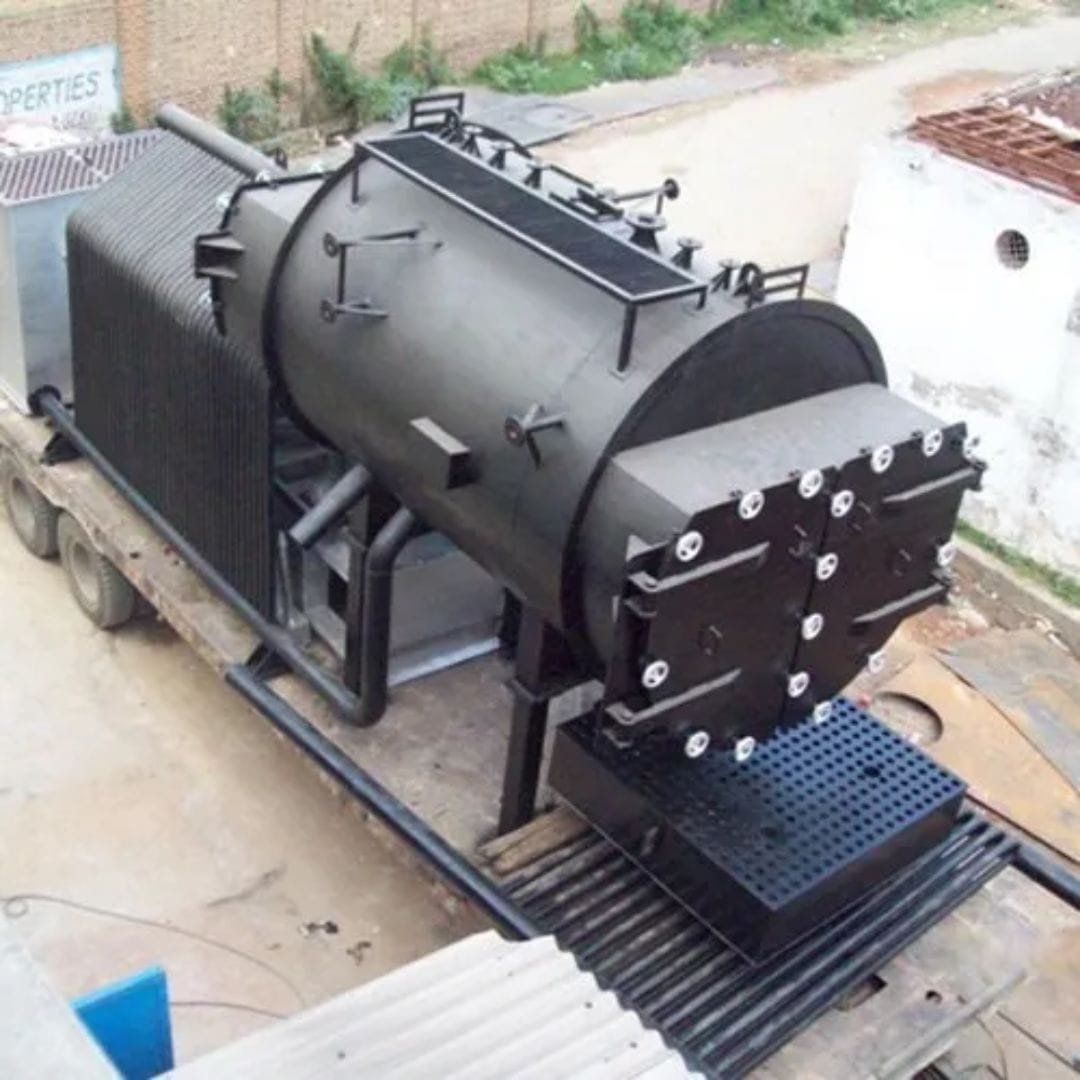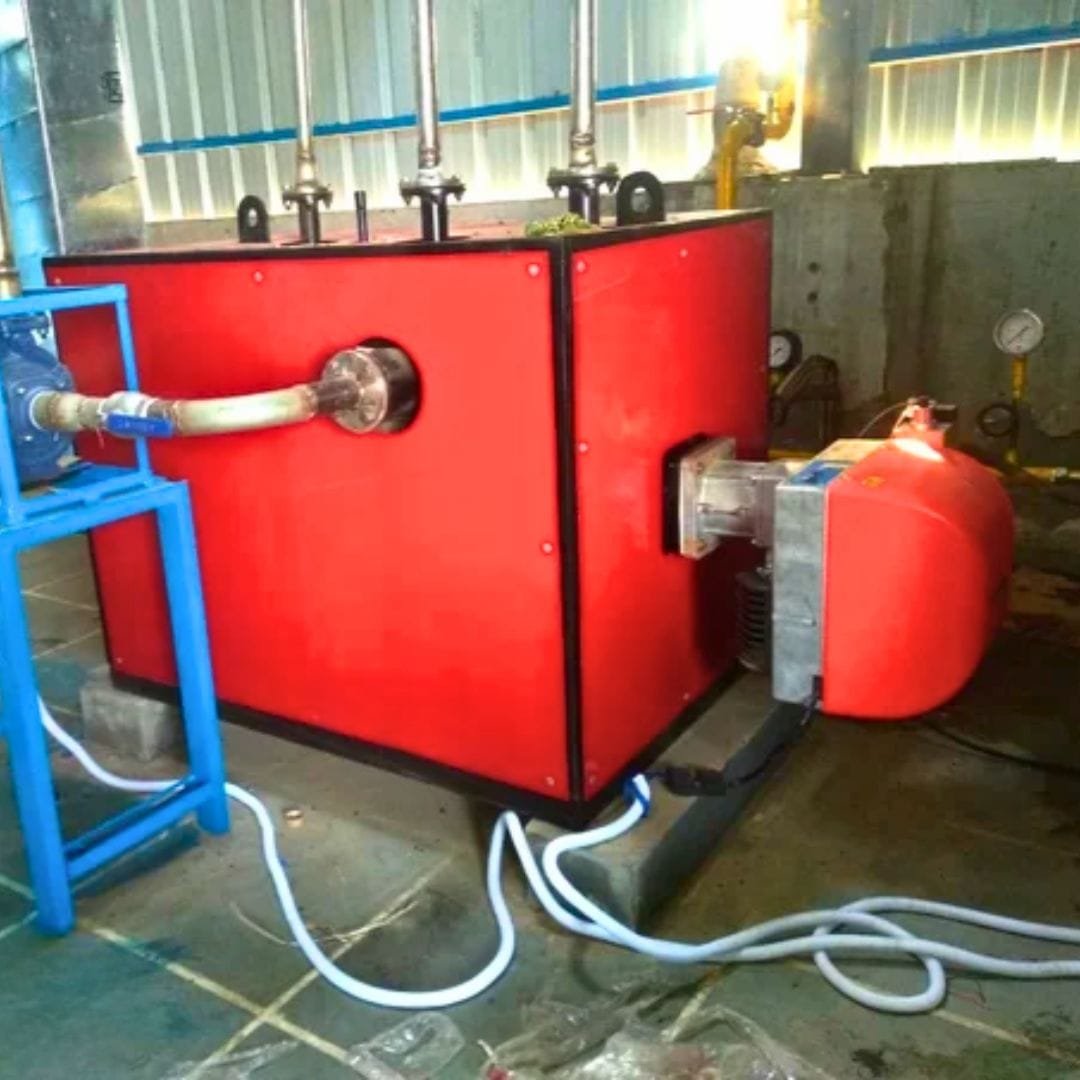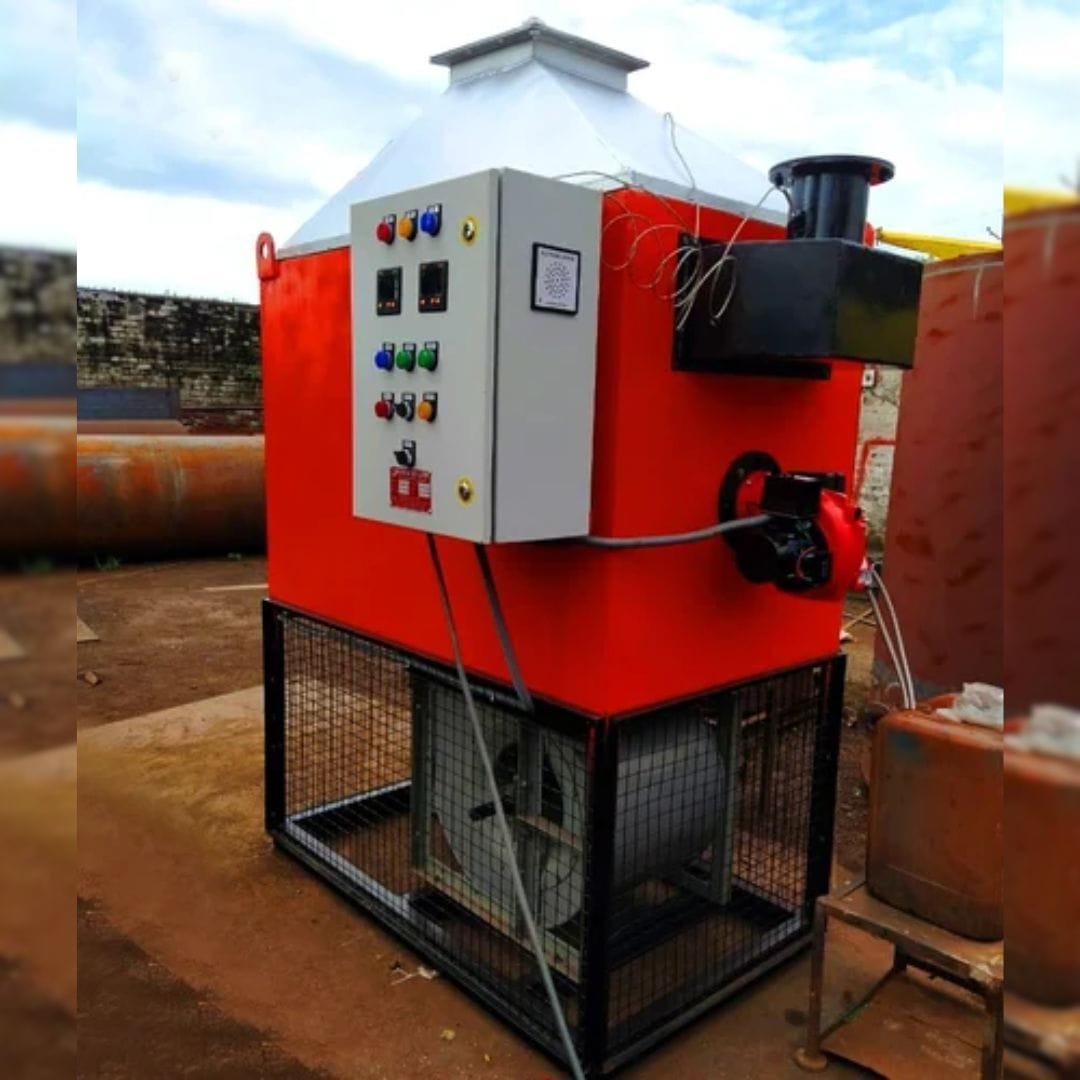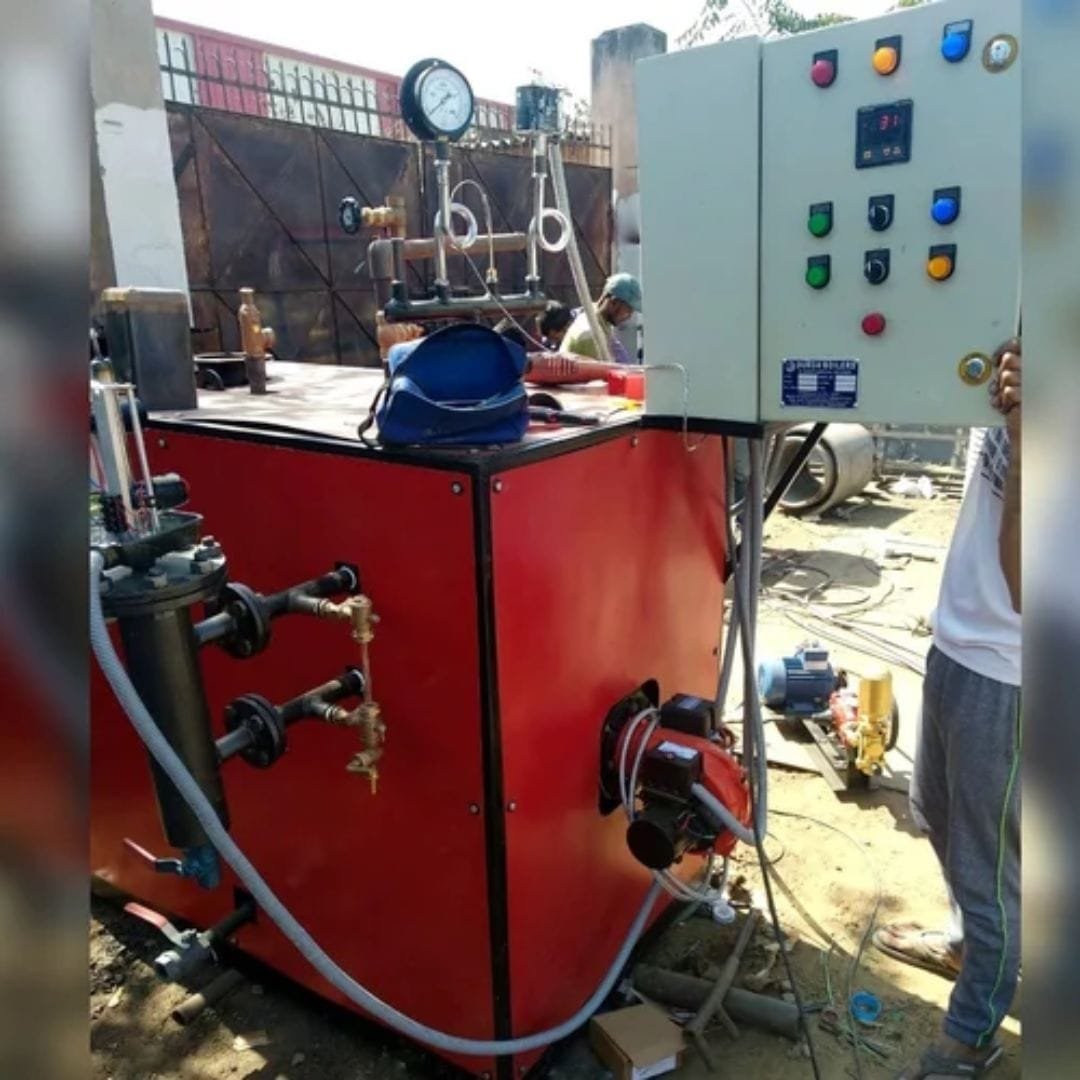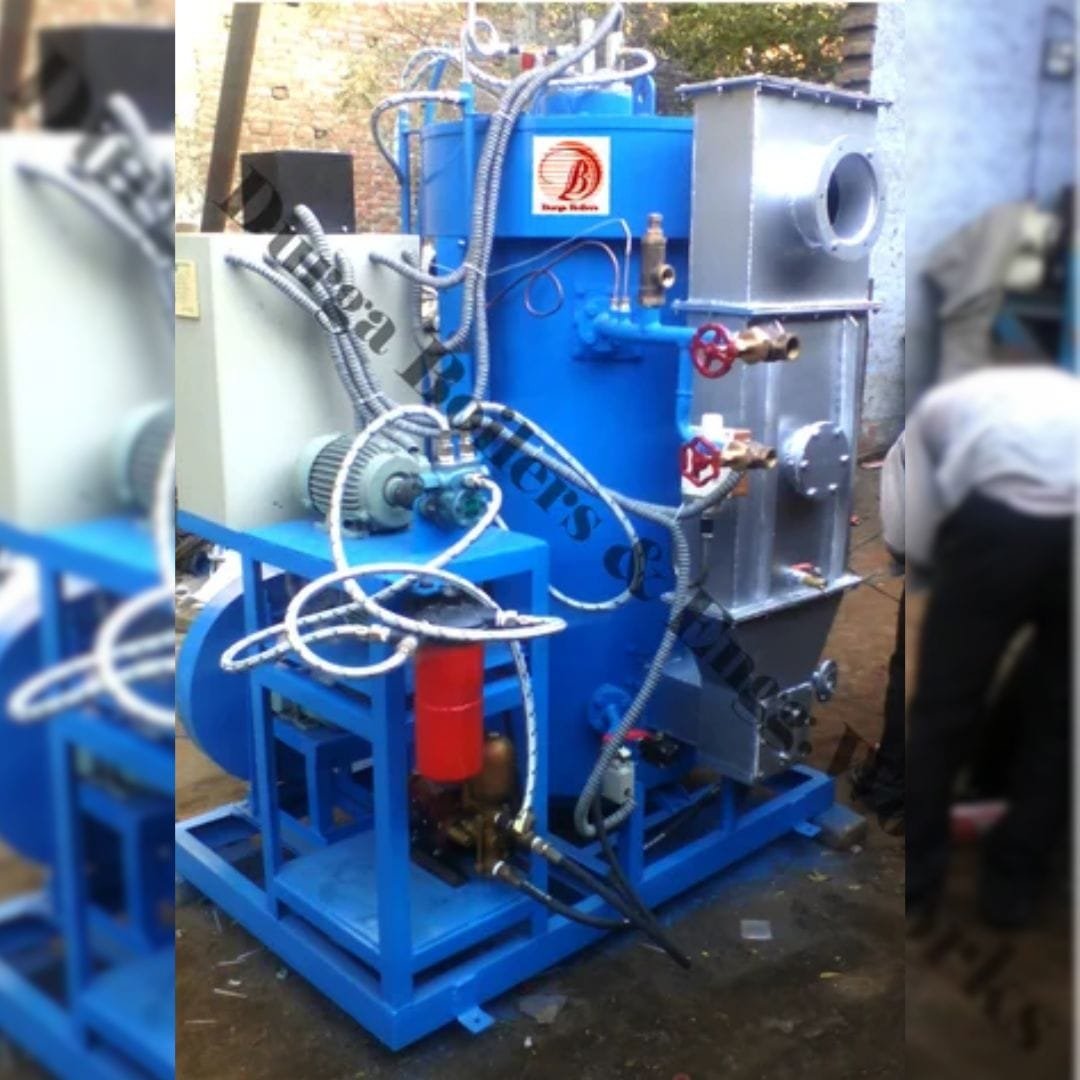Steam Boiler Diagram
Steam Boiler Diagram
A steam boiler is a closed vessel or tank that heats water to generate steam, which is then used for various applications like power generation, heating, and industrial processes. Steam boilers play a critical role in industries and settings where heat energy or high-pressure steam is needed.
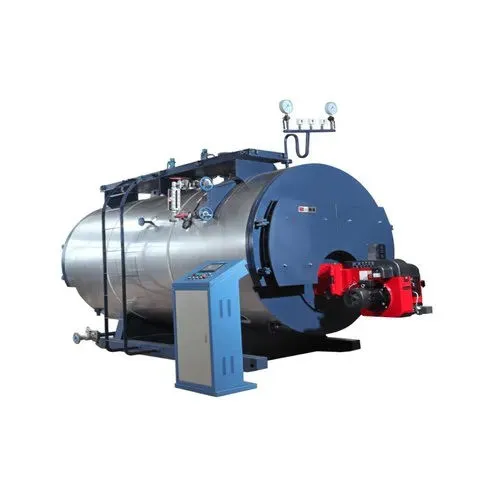
Uses of Steam Boilers:
- Power Generation: Steam boilers produce high-pressure steam to drive turbines, generating electricity in power plants.
- Heating Systems: Boilers provide central heating for buildings and process heating in industries like chemical, textile, and food production.
- Industrial Processes: Steam is essential in food processing, sterilization, distillation, and in chemical reactors.
- Laundry and Cleaning: Used in laundries and hospitals for sterilizing equipment and fabrics.
- Moisture Control: Used in paper production and other applications requiring controlled humidity levels.
Working Principle of Steam Boilers:
A steam boiler operates by heating water to its boiling point, converting it into steam. Here’s how it works:
- Water Inlet: Water enters the boiler through the feedwater system.
- Heating Element: A burner (for fuel) or electric heating element heats the water.
- Heat Transfer: Heat transfers from the burning fuel or electric element to water via water tubes (in water-tube boilers) or to the metal of the boiler shell (in fire-tube boilers).
- Steam Formation: As water temperature rises, it turns to steam, creating high pressure.
- Steam Output: The pressurized steam is then directed through pipes to its point of use, such as a turbine, heating system, or industrial equipment.
- Condensate Return: After use, steam condenses back into water, which is often returned to the boiler as feedwater, maintaining the cycle.
Benefits of Steam Boilers:
- Efficiency: Modern boilers are highly efficient, often exceeding 90%, reducing fuel costs and emissions.
- Reliable Heating: Steam boilers provide a consistent and reliable source of heat and energy.
- Scalability: Suitable for a range of applications, from small buildings to large industrial complexes.
- Low Operational Costs: Once installed, boilers require minimal operational costs with regular maintenance.
- Eco-Friendly Options: New boiler technologies can operate with biofuels, reducing carbon footprint.
- Versatility: Steam boilers are versatile and applicable in power generation, process heating, sterilization, and more.
- Steam boilers are essential in numerous sectors for their ability to provide scalable, consistent, and efficient heating and steam production. Their versatility and high efficiency make them invaluable across various industries.
Diagram of Steam Boiler
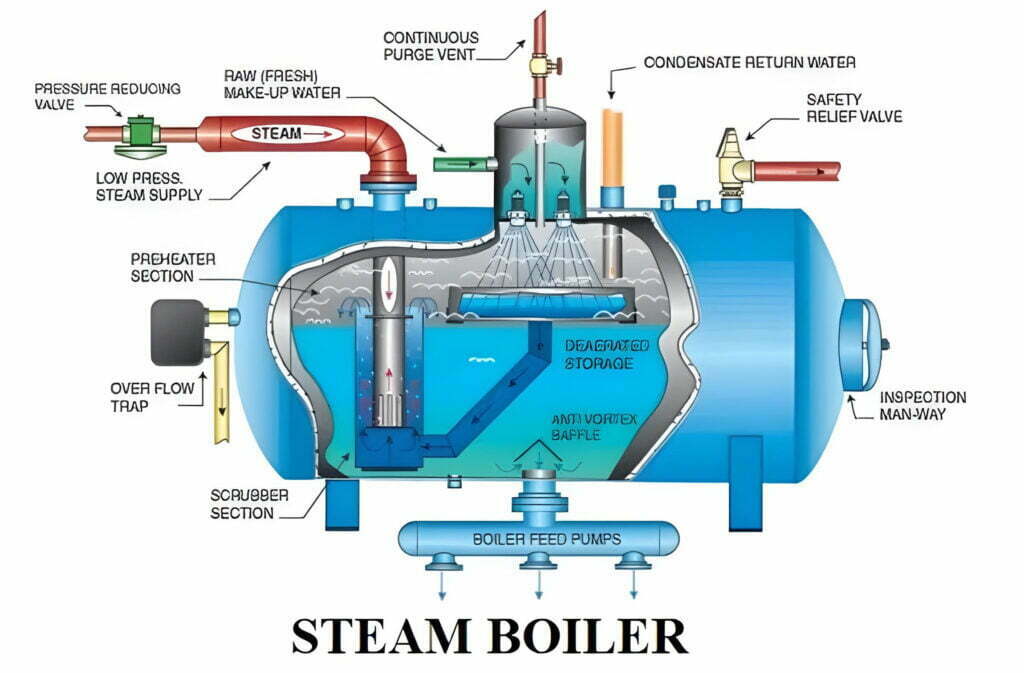
A steam boiler diagram typically illustrates the components and operation of a steam boiler system. Here is a general outline of key elements in a steam boiler diagram:
- Boiler Drum: The main body of the boiler where water is heated and steam is generated.
- Burner: Supplies the fuel and air mixture, igniting to produce heat inside the boiler.
- Economizer: Preheats incoming feedwater using waste heat from flue gases, improving efficiency.
- Feedwater Pump: Delivers water to the boiler drum, ensuring a consistent water level.
- Water Tubes/Fire Tubes: Depending on the boiler type (water-tube or fire-tube), these tubes either carry water or hot flue gases to facilitate heat transfer.
- Superheater: Further heats the steam produced in the boiler drum, increasing its temperature and efficiency for industrial applications.
- Steam Outlet: The point where superheated steam exits the boiler to be used in various processes.
- Blowdown Valve: Releases sediments and impurities from the boiler water, maintaining water quality.
- Safety Valves: Release steam automatically if pressure exceeds safe limits, preventing explosions.
- Pressure Gauge: Measures the pressure inside the boiler, essential for monitoring and safe operation.
- Flue Gas Vent: Releases exhaust gases produced during combustion.
These elements collectively work in a cycle where water is heated, turned into steam, and then utilized in various applications, such as powering turbines or heating industrial processes. The diagram visually aids in understanding the flow and interaction of each component in the steam generation process.
About Durga Boilers & Engineering Works:
Durga Boiler & Engineering Works is a leading manufacturer of Steam Boiler, Wood Fired Steam Boiler, Thermic Fluid Heater, Hot Water Generator, Non IBR Steam Boiler, Oil Fired Steam Boiler, Diesel Fired Steam Boiler, Gas Fired Steam Boiler, etc.
For any further queries, please let us know, we will be happy to assist you with any questions or provide additional information you may need.
Contact us @+91-9999397086


